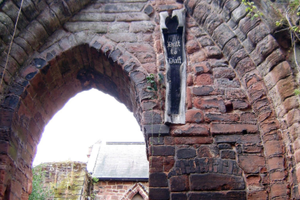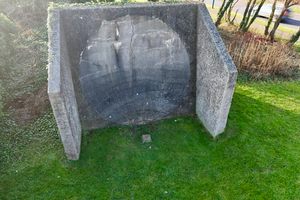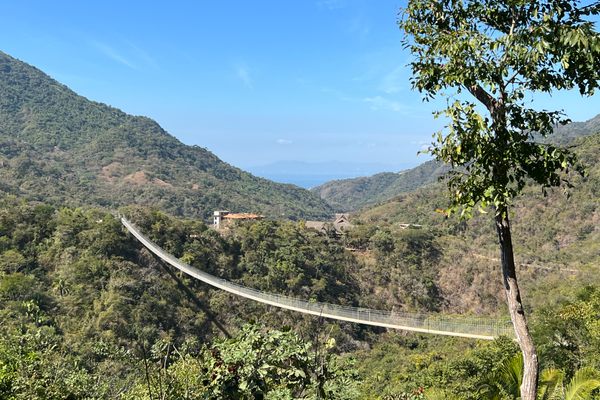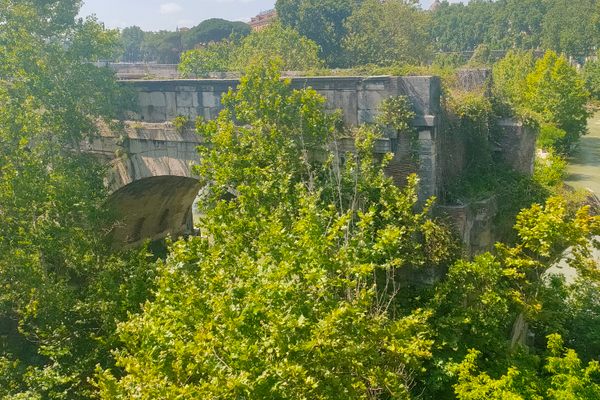About
Though they're often called the "Roman Bridges," these three bridges across the River Gowy are actually thought to be from the late 18th century. It is believed that there have been bridges in their place since at least the 14th century.
The bridges are known as the Hockenhull Platts, and they form part of a stretch of Platts Lane—"platt" being an old English word for bridge. At one point, this would have been part of the main road from London to the Welsh port of Holyhead. It was also an important route connecting the salt mines of Nantwich with the port at Chester.
Hockenhull Platts consists of three humpback bridges made from tooled blocks of red sandstone. They were built to mak it easier for people and packhorses to traverse the river and its surrounding marshy landscape.
A gnarled tree a few hundred yards further west is known as "the Hangman" after the local legend that this was where highwaymen who were caught pilfering the valuable salt met their end. The bridges now bisect a nature reserve in which (if you're extremely lucky) it's possible to spot otters.
Related Tags
Know Before You Go
The bridges are easily accessed as the path forms part of the Baker Way footpath from Chester to Delamere. It's possible to park at the end of the western road portion of Platts Lane and walk the last couple of hundred meters on a well-made (muddy in winter) path.
Community Contributors
Added By
Published
September 13, 2020

























